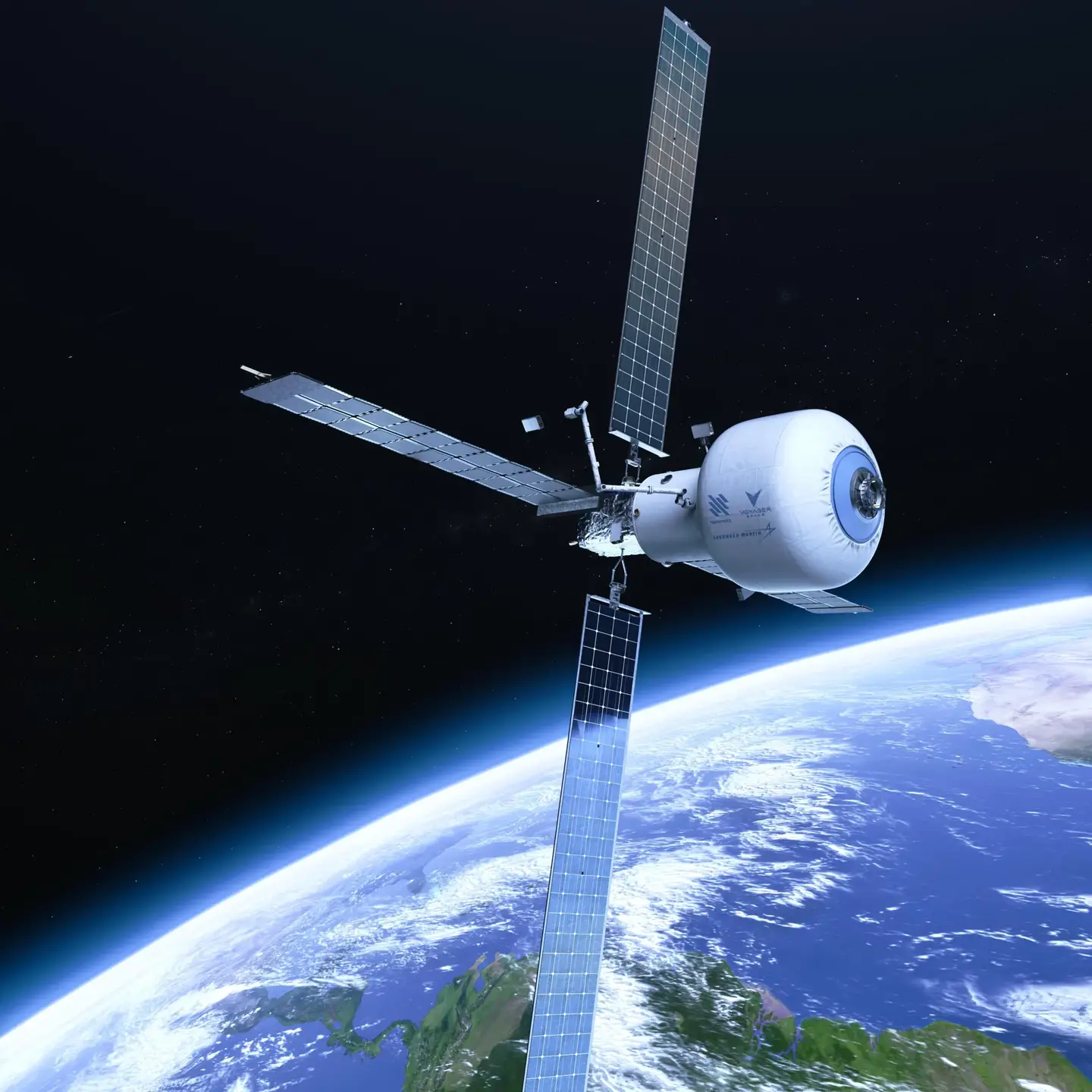A Quantum Computer Is a Delicate Beast: Video Tour of D-Wave’s Black Box (Part I)

Share
Quantum computing is an old idea. But in the practical sense, it’s still very early days. If you actually want your own ready-made quantum computer—you won’t have to do much comparison shopping.
The D-Wave series of quantum computers have been making waves in recent years. USC and Lockheed Martin acquired a D-Wave One in 2011, and Google went in on a D-Wave Two with NASA in 2013.
But unless you're a cutting-edge researcher, you aren't likely to get a further glimpse behind the curtain. D-Wave wants to change that. So, they're releasing a series of videos explaining their system in more detail.
The D-Wave chip, which relies on a specialized form of quantum computing called quantum annealing, is comprised of tiny niobium loops. Current running through the loops creates magnetic fields. Counterclockwise current induces a field pointing up, clockwise a field pointing down. These are ‘0’ and ‘1’.
But it wouldn’t be much of a quantum computer if it stopped there. To achieve what’s known as superposition, when a qubit is both ‘0’ and ‘1’ simultaneously, the D-Wave chip must be cooled to temperatures approaching absolute zero (-273.15 C)—among the coldest places in the known universe.
"There's nothing in the natural world that gets you down to temperatures like this," Geordie Rose, D-Wave founder and CTO, said in a video last year. "If there are no other intelligent life forms in the universe, these are the coldest places in the universe." Maintaining the conditions to make their invention work isn’t easy.
Be Part of the Future
Sign up to receive top stories about groundbreaking technologies and visionary thinkers from SingularityHub.


In a recent video (part one of a three part series) D-Wave vice president of processor development, Jeremy Hilton, takes us on a tour inside D-Wave’s black box—from radiation shielding to programming servers.
Image Credit: D-Wave Systems/YouTube
Jason is editorial director at SingularityHub. He researched and wrote about finance and economics before moving on to science and technology. He's curious about pretty much everything, but especially loves learning about and sharing big ideas and advances in artificial intelligence, computing, robotics, biotech, neuroscience, and space.
Related Articles

The Era of Private Space Stations Launches in 2026

This Light-Powered AI Chip Is 100x Faster Than a Top Nvidia GPU

Data Centers in Space: Will 2027 Really Be the Year AI Goes to Orbit?
What we’re reading
